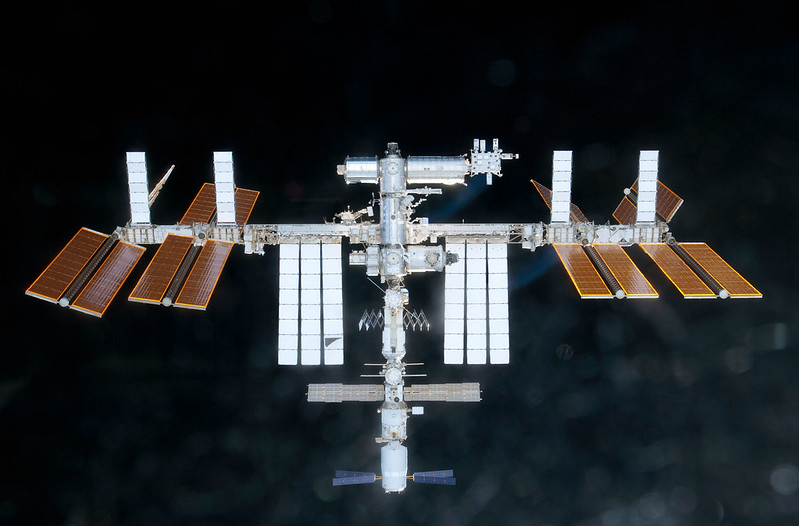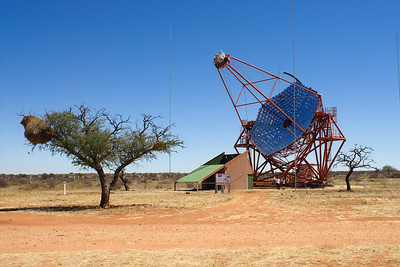Welcome to the gravity-defying world of
Two Feet Off The Ground
 OUTER SPACE
OUTER SPACE
"The cosmos is full of wonders."
– Neil deGrasse Tyson

Space is a difficult concept to grasp because it is simultaneously both nothing and everything. On the one hand, space is the vacuum that exists between particles of matter. On the other hand, space is the fabric of the universe, the medium through which light travels, and the arena in which all physical laws operate.
In the simplest terms, physics is the study of the behavior of matter and energy in space and time. But matter and energy are not the only things that exist in space; there is also the stuff of space itself. So physics must also encompass the study of space itself.
Today, the average person has a pretty good intuitive understanding of space. We know that objects in space can be moved around, and we know that the space around us is three-dimensional. We also know that space is an absolute necessity for the existence of matter and energy.
But how did we come to understand all of these things about space? It all began with the work of Isaac Newton and his laws of motion and gravity. Newton showed that matter interacts with other matter through forces, and he showed that the force of gravity extends throughout the universe.
From Newton's laws, we can derive the concept of spacetime. This is the idea that space and time are interwoven into a single fabric. It is this fabric that matter and energy move through.
Einstein's theory of relativity built on Newton's work and showed that spacetime is not as simple as we originally thought. Einstein showed that spacetime is bent and distorted by the presence of matter and energy. This explains why gravity can influence objects that are far away.

The study and exploration of space is known as astronomy. And while the field of astronomy is often associated with night-time stargazing, there is a lot of science that goes on behind the scenes to enable space exploration.
Astronomers use a variety of tools to learn about the universe beyond our planet. These tools include telescopes, satellites, and space probes.

|

|

|
Telescopes allow us to see distant objects in space. There are different types of telescopes, including optical telescopes, radio telescopes, and X-ray telescopes. Optical telescopes are the most common type of telescope. They use mirrors and lenses to collect and focus light from distant objects.
Radio telescopes detect radio waves from space. Radio waves are a type of electromagnetic radiation. Electromagnetic radiation is a form of energy that includes radio waves, microwaves, infrared radiation, visible light, ultraviolet radiation, X-rays, and gamma rays.
X-ray telescopes detect X-rays from space. X-rays are a type of electromagnetic radiation. They are more energetic than visible light, but less energetic than gamma rays.
Satellites are man-made objects that orbit Earth or another planet. There are two main types of satellites: artificial satellites and natural satellites. Artificial satellites are made by humans and sent into orbit for a specific purpose, such as communications, weather monitoring, or mapping. Natural satellites are not made by humans and include objects like the Moon and asteroids.
Space probes are unmanned spacecraft that are sent to explore specific destinations in our solar system, such as planets, moons, and asteroids. Space probes are equipped with scientific instruments to study the destination they are visiting.
The science behind space exploration is constantly evolving. And as we continue to explore the universe, we are sure to make new and exciting discoveries.










